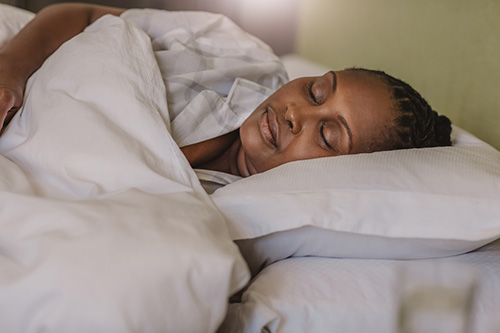Relieving urinary incontinence symptoms
Anywhere from 30–70% of perimenopausal and menopausal women experience some symptoms of urinary incontinence. This loss of bladder control takes three main forms:
- leaking urine randomly (“urinary incontinence”)
- leaking urine on coughing or sneezing (“stress incontinence”)
- urgently needing to empty your bladder (“urge incontinence”)
We encourage you to see your healthcare provider to rule out any structural abnormality, infection or other medical condition that may be causing your urinary problems. But if your symptoms arise during perimenopause or after weaning off HRT, you are probably just suffering one of the common consequences of declining estrogen.

Just like the tissue in the adjacent vagina, the tissue in urethra (the opening to the bladder) is highly estrogen–dependent. The drop in estrogen that occurs in perimenopause can lead to urethral atrophy or thinning of the tissue in both areas.
You can use a mirror to check yourself. The normal appearance of the urethral tissue is pink, plump and moist. With declining estrogen it may appear very pale or almost white. This means the opening to the bladder may be weaker and less able to maintain good bladder control, or less resilient to irritation or infection.
What can you do about urinary dysfunction?
Once your healthcare provider has eliminated any medical conditions, your strategy should be to support your body’s inherent ability to make and balance its hormones. Your major options are:
- Nutritional support and nutritional supplements (including essential fatty acids) to provide the nutrients your body needs to make sufficient estrogen.
- Endocrine support, including phytotherapy such as Herbal Equilibrium. But we also recommend soy or other dietary sources of phytoestrogens for long-term support.
- Adequate hydration. We recommend at least ten 8-ounce glasses of water a day.
- Kegel exercises to strengthen urethral muscles and enhance control. This involves repeatedly contracting and relaxing the muscles of the pelvic floor.
Some women will need advanced intervention, such as professional bladder control physical therapy, bladder biofeedback training, or topical prescription-strength estrogen treatment to the area.










